How Many Tons in a Yard of Stone?
Important Point
The world of construction and landscaping often involves intricate measurements and conversions to ensure that projects are completed accurately and efficiently.
One common question that arises is: “How many tons are in a yard of stone?” This seemingly simple question requires a deeper exploration into the nuances of measurement systems, the density of stone materials, and the practical implications for various industries.
In this article, we will delve into the details to provide a comprehensive understanding of the conversion between tons and yards of stone.
Also, Read: Types of Vaulted Ceilings
Yards and Tons: Unraveling the Relationship
Before we dive into the specifics of stone measurements, let’s clarify the fundamental units of measurement at play here: yards and tons.
A yard is a unit of length in the imperial system, commonly used in the United States. It is equivalent to three feet or 36 inches.
However, in the context of landscaping and construction, the term “yard” often refers to a cubic yard, which is a unit of volume.
A cubic yard is a cube with sides each measuring one yard. It is used to measure bulk materials like soil, gravel, and stone.
On the other hand, a ton is a unit of weight, and there are different types of tons used globally.
The two most common types are the short ton (also known as the U.S. ton) and the metric ton (often referred to as a tonne).
A short ton is equivalent to 2,000 pounds, while a metric ton is equal to 1,000 kilograms.
Also, Read: What Is Stone | Types of Stone | Uses of Stones
Density Matters: Stone Variability
The conversion from yards to tons depends on the density of the material in question. Stone is a naturally occurring material that comes in various types and densities.
Different types of stone have different densities due to variations in mineral composition and porosity. For instance, limestone is generally less dense than granite.
To illustrate the impact of density on this conversion, let’s take an example:
Imagine you have a cubic yard of granite and a cubic yard of limestone. Since granite is denser than limestone, a cubic yard of granite will weigh more than a cubic yard of limestone.
Consequently, when you convert these cubic yards into tons, the granite will yield a larger weight in tons compared to the limestone.
Also, Read: Roof Tiles Types and Prices
Calculating the Conversion: Factors to Consider
Calculating the conversion from yards to tons involves a few key steps:
- Determine the Density: As mentioned earlier, the density of the stone material is crucial. This density is usually measured in pounds per cubic foot. To convert this density to pounds per cubic yard (since there are 27 cubic feet in a cubic yard), simply multiply the density by 27.
- Convert to Tons: Once you have the density in pounds per cubic yard, you can convert it to tons using the appropriate conversion factor. If you’re working with the short ton (2,000 pounds), divide the density in pounds per cubic yard by 2,000 to get the weight in short tons. If you’re using metric tons (1,000 kilograms), the conversion requires further adjustments.
- Practical Application: Understanding the conversion is important for practical applications. Landscapers, construction professionals, and project managers need accurate measurements to order the right amount of stone for their projects. This ensures that they neither waste materials nor face shortages during the project’s execution.
Also, Read: Properties of Stones | Requirements of Good Building Stones
Real-World Scenarios: Putting the Conversion to Use
Let’s explore a couple of real-world scenarios to highlight the importance of understanding the conversion between yards and tons of stone:
- Landscaping Project: Imagine a landscaping project that requires a certain amount of decorative gravel, which has an average density of 2,700 pounds per cubic yard. If the project specifications call for 10 cubic yards of gravel, the weight in tons can be calculated by dividing the density by 2,000 (short ton conversion factor). The result, in this case, would be approximately 1.35 short tons.
- Construction Site: In a construction project involving the installation of crushed stone for a driveway, the stone used might have a density of 2,500 pounds per cubic yard. If the project requires 20 cubic yards of crushed stone, the conversion would yield a weight of around 2.5 short tons per cubic yard, totaling 50 short tons for the project.
Understanding the conversion between tons and yards of stone is a fundamental aspect of construction and landscaping projects.
The relationship between density, volume, and weight plays a crucial role in determining the amount of stone required for a particular task.
By grasping the principles outlined in this article, professionals in these industries can make informed decisions, manage resources effectively, and ensure the successful completion of projects.
Whether you’re a landscaper, builder, or simply curious about the mechanics of measurement, the conversion from yards to tons of stone showcases the intricate nature of applied mathematics in real-world scenarios.
Useful Article for You
- How Much Does a Yard of Concrete Weigh
- How Tall Is a Door
- How Many Stairs in a Flight
- How Many Bags of Concrete in a Yard
- How to Get Burnt Smell Out of Microwave
- How Far Apart Should Fence Posts Be
- Pert Critical Path Method
- How Are Bridges Built Over Water
- How Many People Died Building the Great Wall of China
- How to Draw House
- How to Build a Lean to Roof
- How Many Bags of Concrete for 1 Yard
- How Much Does Cinder Block Cost
- How to Get a House for Free
- How Much Does It Cost to Soundproof a Room
- How to Read a Measuring Tape in Meters
- How to Mount a TV on a Brick Wall
- How to Use Washers
- What Is Quarry Stone
- How to Get Property for Free
- How Much Does a Gallon of Water Weight?
- How Many Tiles Do I Need?
- How Much Does It Cost to Build a Pergola?
- How Much Does a Concrete Slab Cost?
- How Much Does a Yard of Gravel Weigh?
- How Many Shingles Do I Need for a 24×24 Garage?
- How to Remove Paint from Concrete Without Chemicals
- How to Cover Concrete Walls in Basement
- How to Find Wall Load
- How to Build a Cavity Wall
- How Much Does a Heated Driveway Cost
- How Much Spray Foam Do I Need
- How to Get Blood Out of Carpet
- How to Mix Concrete
- How to Find the Contour Interval
- How to Identify Zero Force Members
- How To Install A Welded Wire Fence
- How to Tell If a Wall Is Load Bearing
- How to Replace Outdoor Faucet
- How to Tell the Difference Between Marble and Granite
- How to Get Free Wood Pallets
- How Long Should Concrete Forms Stay On
- How Much Does an 8x8x16 Concrete Block Weight
- How to Extend Vinyl Fence Height
- How to Calculate Water Cement Ratio
- How to Calculate Cement Quantity
- How Many Feet Wide Is a Queen Size Bed
- How Much Does 55 Gallons of Oil Weigh
How Much Does a Ton of Rock Weigh?
When we ponder the weight of a ton of rock, we enter the realm of geological marvels and the intricate world of Earth’s crust.
Rocks, the building blocks of our planet’s structure, vary widely in terms of composition, density, and mass.
In this exploration, we will delve into the intricacies of the weight of a ton of rock, shedding light on the geological factors that influence this weight, and the significance of this knowledge in diverse fields such as construction, mining, and environmental science.
Also, Read: How to Get Free Landscaping Rocks
Understanding Geological Diversity
The weight of a ton of rock is influenced by the type of rock in question. Rocks are categorized into three major groups: igneous, sedimentary, and metamorphic.
Igneous rocks, like granite and basalt, form from the solidification of molten material.
Sedimentary rocks, including limestone and sandstone, result from the accumulation of sediment over time.
Metamorphic rocks, such as marble and slate, arise from the transformation of pre-existing rocks due to heat and pressure.
Different rock types exhibit varying densities due to differences in mineral composition, porosity, and other geological factors.
For instance, igneous rocks tend to be denser than sedimentary rocks, while metamorphic rocks can display a broad range of densities depending on their origin and history of formation.
The Density Factor
Density is a key factor that determines the weight of a ton of rock. Density, in geology, is defined as the mass of a substance per unit volume.
Different rock types have distinct densities due to variations in mineral content.
For example, granite, a common igneous rock, has a density of around 2.75 grams per cubic centimeter (g/cm³), whereas limestone, a sedimentary rock, typically has a density of about 2.7 g/cm³.
To visualize the impact of density on weight, consider two hypothetical rock samples, one of granite and the other of limestone, each with a volume of one cubic meter.
Due to its slightly higher density, the granite would weigh more than the limestone.
This highlights the fundamental link between density and the weight of a ton of rock.
Also, Read: Wood Supporting Beams
The Metric Ton vs. The Short Ton
Before proceeding further, it’s important to clarify the distinction between the metric ton (tonne) and the short ton, as these terms often cause confusion.
The metric ton, also known as the tonne, is a unit of mass in the metric system and is equivalent to 1,000 kilograms.
On the other hand, the short ton is a unit of mass used in the United States and is equal to 2,000 pounds.
When discussing the weight of a ton of rock, it’s essential to specify which ton is being referred to.
In most global contexts, the metric ton is the preferred unit of mass due to its simplicity and widespread use in scientific and industrial applications.
Calculating the Weight
Calculating the weight of a ton of rock involves a straightforward yet crucial process.
First, the density of the rock is determined in units such as grams per cubic centimeter.
Then, the volume of the rock in cubic centimeters is considered. Finally, the product of the density and volume provides the mass in grams.
Converting this mass to the desired unit (metric tons or short tons) completes the calculation.
Also, Read: What Is Leveling
Applications in Various Fields
The weight of a ton of rock has significant implications across several fields:
- Construction: In construction projects involving rock materials, understanding the weight of a ton of rock is essential for structural stability and load-bearing capacity. Engineers and builders assess the weight of rocks to ensure that foundations and structures can safely support the mass.
- Mining and Quarrying: Mining and quarrying industries rely on accurate estimations of rock weight to optimize transportation, machinery selection, and overall operational efficiency.
- Environmental Science: Geologists and environmental scientists use rock weight data to study erosion, sedimentation, and the movement of geological materials in landscapes. This knowledge contributes to predicting natural disasters and understanding the Earth’s geological processes
In the grand tapestry of Earth’s geology, the weight of a ton of rock serves as a fundamental metric that reflects the intricate dance of geological forces, mineral composition, and density variations.
From the towering cliffs of sedimentary formations to the ancient metamorphic landscapes, rocks bear the weight of geological history and human endeavors alike.
The diverse applications of rock weight knowledge underscore its importance in fields ranging from construction to scientific inquiry.
By comprehending the factors that influence rock weight, we gain a deeper appreciation for the geological heritage that shapes our world.
Also, Read: What Is RQD | Advantages of Rock Quality Designation | Limitations of Rock Quality Designation (RQD)
How Many Tons in a Cubic Yard of Rock?
The weight of a cubic yard of rock varies depending on the type of rock and its density.
Different types of rocks have different densities due to variations in mineral composition, porosity, and other geological factors.
To provide an accurate conversion, you would need to know the specific density of the rock you’re working with.
However, I can provide you with a general guideline for the conversion using the common densities of a few types of rocks:
1. Granite:
The density of granite can vary, but it’s typically around 2.65 to 2.75 grams per cubic centimeter (g/cm³).
Using the lower end of this range, let’s say 2.65 g/cm³. This converts to approximately 167 pounds per cubic foot (lb/ft³).
In terms of tons, this is around 0.0835 short tons (167 lb ÷ 2,000 lb/ton) or 0.0759 metric tons (167 lb ÷ 2,204.62 lb/tonne) per cubic foot.
Therefore, a cubic yard of granite, which is 27 cubic feet, would weigh approximately:
- About 2.26 short tons (0.0835 tons/cubic foot * 27 cubic feet) or
- About 2.04 metric tons (0.0759 tons/cubic foot * 27 cubic feet).
2. Limestone:
The density of limestone is around 2.3 to 2.8 g/cm³, with an average of about 2.5 g/cm³. This is roughly 156 lb/ft³.
In terms of tons, this is approximately 0.078 short tons (156 lb ÷ 2,000 lb/ton) or 0.0707 metric tons (156 lb ÷ 2,204.62 lb/tonne) per cubic foot.
A cubic yard of limestone, which is 27 cubic feet, would weigh approximately:
- About 2.11 short tons (0.078 tons/cubic foot * 27 cubic feet) or
- About 1.91 metric tons (0.0707 tons/cubic foot * 27 cubic feet).
Remember that these calculations are rough estimates based on average densities. The actual
eight of a cubic yard of rock will vary based on the specific density of the rock you’re dealing with. If you have the precise density of the rock, you can use the formula:
Weight in tons = (Density in pounds per cubic foot / 2,000) * 27
or
Weight in metric tons = (Density in pounds per cubic foot / 2,204.62) * 27
To accurately determine the weight of a cubic yard of rock for a specific project, it’s advisable to consult local sources, geological surveys, or material suppliers to obtain the most accurate density information.
Useful Article for You
- Best Light Color for Sleep
- Best Kitchen Sink Material
- Best Architecture Schools in the Us
- Best Concrete Resurfacer
- Best Color Shutters for Cream House
- Best Free Landscape Design Software
- Best Vinyl Siding Colors
- Best Way to Kill Tree Stumps
- Best Way to Drill into Concrete
- Best Shower Pan Material
- Best Type Kitchen Sink
- Best Drywall for Bathroom
- Best Brick Sealer
- Best Caulk for Concrete Cracks
- Best Concrete Patching Compound for Large Cracks
- Best Flooring for Screened Porch
- Why Is 37 Degrees the Best Angle for Stairs
- Best Kinds of Mattresses
- Best Plywood
- Best Roof Ventilation Methods
- Best Color Shingles for Red Brick House
- Who Is the Best Roofing Company
- Best Tile Brands
- What Is the Best Cleaner for Corian Countertops
- Best Trucks for Construction
- Best Finish for Interior Walls
- Best Way to Clean Puke Out of Carpet
- Best Closet Doors
- Best Green Exterior Paint Colors
- Best Acid Stain for Concrete
- Best House Material
- Best Pipe for Plumbing
- Best Admixture for Concrete
- Best Plaster for Walls
- Best Concrete Mix for Fence Posts
How Many Cubic Yards in a Ton of River Rock?
The number of cubic yards in a ton of river rock depends on the density of the rock and the specific type of rock being used. River rocks come in various sizes and densities, which can affect the conversion between cubic yards and tons.
As an example, let’s consider an average density for river rock and perform the conversion:
- Average Density: Let’s assume an average density of river rock to be around 2,400 pounds per cubic yard. This is a common estimate for river rocks, but keep in mind that actual densities can vary.
- Conversion Factor\: For this calculation, we’ll use the short ton, which is equivalent to 2,000 pounds.
Using the average density of 2,400 pounds per cubic yard and the conversion factor, we can calculate the number of cubic yards in a ton of river rock:
- Number of cubic yards = 1 ton / (Density in pounds per cubic yard)
- Number of cubic yards = 1 ton / (2,400 lb/cubic yard)
- Number of cubic yards ≈ 0.0004167 cubic yards
So, based on this average density, there are approximately 0.0004167 cubic yards in a ton of river rock.
It’s important to note that this is a general estimate and the actual number of cubic yards in a ton of river rock may vary depending on the density of the specific type of river rock you’re working with.
If you have access to the exact density of the river rock you’re using, you can plug that value into the calculation to get a more accurate conversion.
Additionally, consult local suppliers or geological surveys for more accurate density information specific to your region.
Also, Read: What Is Gypsum Board
How Many Yards in a Ton of River Rock?
The number of cubic yards in a ton of river rock depends on the density of the rock and the specific type of rock you’re using.
River rocks come in various sizes and densities, which can lead to variations in the conversion between cubic yards and tons.
As an example, let’s consider an average density for river rock and perform the conversion:
- Average Density: Let’s assume an average density of river rock to be around 2,400 pounds per cubic yard. This is a common estimate for river rocks, but keep in mind that actual densities can vary.
- Conversion Factor: For this calculation, we’ll use the short ton, which is equivalent to 2,000 pounds.
Using the average density of 2,400 pounds per cubic yard and the conversion factor, we can calculate the number of cubic yards in a ton of river rock:
- Number of cubic yards = 1 ton / (Density in pounds per cubic yard)
- Number of cubic yards = 1 ton / (2,400 lb/cubic yard)
- Number of cubic yards ≈ 0.0004167 cubic yards
So, based on this average density, there are approximately 0.0004167 cubic yards in a ton of river rock.
Please note that this conversion is an estimate and the actual number of cubic yards in a ton of river rock may vary depending on the density of the specific type of river rock you’re using.
To get a more accurate conversion, it’s recommended to have access to the exact density of the river rock you’re working with.
You can consult local suppliers or geological surveys for more accurate density information specific to your region.
How Many Tons of Stone in a Cubic Yard?
Before delving into the conversion, let’s clarify the fundamental terms:
- Tons: A ton is a unit of weight, and there are different types used globally, including the short ton and the metric ton (tonne). In the context of the United States, a short ton weighs 2,000 pounds.
- Cubic Yard: A cubic yard is a unit of volume. It represents the volume of a cube with sides each measuring one yard (three feet or 36 inches). This unit is frequently used in landscaping and construction to measure materials like soil, gravel, and stone.
- Rock: Rock is a naturally occurring solid substance composed of minerals. It can vary greatly in terms of density, which is a critical factor in the conversion process.
Density Determines the Conversion
The conversion from cubic yards to tons hinges on the density of the specific type of rock you’re dealing with.
Density refers to the mass of a substance per unit volume. Different rocks exhibit varying densities due to differences in mineral composition, porosity, and geological factors.
Also, Read: What Is Cmu in Construction
Practical Calculations and Examples
To calculate how many tons of rock are in a cubic yard, follow these steps:
- Determine Density: Identify the density of the rock in pounds per cubic yard (lb/cubic yard). This can be found through geological surveys or material suppliers.
- Conversion: Divide the density by 2,000 (for short tons) to get the weight of the rock in short tons per cubic yard.
- Practical Application: Let’s illustrate this with an example. Imagine you have river rock with a density of 2,400 lb/cubic yard. To convert this to short tons per cubic yard:
Weight in tons = 2,400 lb/cubic yard / 2,000 lb/ton ≈ 1.2 tons/cubic yard.
This means there are approximately 1.2 short tons of river rock in a cubic yard.
Significance Across Industries
Understanding the conversion from cubic yards to tons of rock has significant implications:
- Construction: Builders and engineers need accurate measurements to estimate the weight of materials for foundations, structures, and load-bearing capacity.
- Landscaping: Landscapers rely on this knowledge to order the right amount of stone for pathways, gardens, and other projects, ensuring efficient use of resources.
- Mining and Quarrying: In mining operations, precise calculations of material weight are crucial for transportation and equipment efficiency.
The conversion from cubic yards to tons of rock involves delving into the intricacies of density, volume, and weight.
While the process may seem intricate, it is crucial for practical applications in industries ranging from construction to mining.
The connection between geological composition, density, and mathematical conversions underscores the dynamic relationship between science and real-world applications.
By grasping this conversion, professionals can make informed decisions, optimize resources, and contribute to the successful execution of projects.
So, the next time you wonder about the tons of rock in a cubic yard, remember that beneath this seemingly simple question lies a world of geological complexity.
Also, Read: What Is Dressing of Stone | Types of Dressing of Stone
How Many Cubic Feet in a Ton of Rock?
The number of cubic feet in a ton of rock depends on the density of the rock. Different types of rocks have different densities, which affects the conversion between cubic feet and tons.
To perform this conversion, you need to know the density of the specific rock you’re working with, expressed in pounds per cubic foot (lb/ft³). Once you have the density, you can use the following formula:
- Number of cubic feet = Weight in pounds / Density in pounds per cubic foot
- Given that 1 ton is equal to 2,000 pounds (for the short ton), the formula becomes:
- Number of cubic feet = 2,000 lb / Density in pounds per cubic foot
For example, let’s assume the density of the rock is 160 lb/ft³. Using the formula:
- Number of cubic feet = 2,000 lb / 160 lb/ft³ = 12.5 cubic feet
So, for a rock with a density of 160 lb/ft³, there would be approximately 12.5 cubic feet in a ton.
Please note that this calculation is based on the short ton (2,000 pounds).
If you’re using metric tons (tonnes), you would need to adjust the calculation accordingly and use the appropriate density in kilograms per cubic meter (kg/m³) instead of pounds per cubic foot.
Also, remember that the actual density of the specific rock you’re working with may vary, so obtaining accurate density information is essential for precise conversions.
Also, Read: Different Types of Walls
What Does a Cubic Yard of Gravel Look Like?
Visualizing a cubic yard of gravel can help you understand the volume and appearance of this material.
Imagine a cube with each side measuring one yard (3 feet) in length. This cube represents a cubic yard of gravel.
Here’s a more detailed description of what a cubic yard of gravel might look like:
- Size and Volume: A cubic yard of gravel is a substantial amount. It’s equivalent to a cube with sides that are 3 feet long. To put it in perspective, if you were to empty the bed of a standard pickup truck and fill it with gravel, you might have approximately one cubic yard of material.
- Mound Shape: When a cubic yard of gravel is spread out, it will generally form a mound. The top of the mound will be relatively flat due to the influence of gravity, while the sides will slope downward from the center. This creates a natural mound shape that you might see in a landscaping or construction context.
- Texture and Composition: Gravel is composed of various-sized particles of crushed rock, ranging from small pebbles to larger stones. These pieces can be angular or rounded, depending on the source rock and how it was processed. The texture is generally rough, reflecting the irregular shapes of the rock fragments.
- Color Variety: Gravel comes in a range of colors, depending on the type of rock it’s made from. Common colors include shades of brown, gray, white, and even more vibrant options like red or blue. The color of the gravel will depend on the local geological conditions and the source of the material.
- Common Use Cases: A cubic yard of gravel is often used for landscaping and construction purposes. It can be spread as a foundation material for driveways, pathways, and patios. Gravel can also be used for drainage systems, decorative features, and even in gardening projects.
- Variation in Appearance: Keep in mind that the appearance of a cubic yard of gravel can vary based on factors such as the size and type of gravel used. Some gravels are finer and more compact, while others consist of larger stones that might stack up slightly differently.
To truly grasp the appearance of a cubic yard of gravel, imagine this mound of material in a practical setting.
Whether it’s being spread to create a pathway, compacted as a driveway base, or used for other applications, a cubic yard of gravel is a versatile and essential material in various landscaping and construction projects.
How Much Does 1 Yard of River Rock Weigh?
The weight of 1 cubic yard of river rock depends on its density, which can vary based on the size and type of river rock.
River rocks come in different sizes, and their densities can be influenced by factors such as porosity and mineral composition.
As a general estimate, river rock typically has a density of around 2,400 pounds per cubic yard (lb/cubic yard).
This is a common average density used for calculation purposes. Keep in mind that actual densities can vary, and it’s best to obtain the specific density from reliable sources if accuracy is crucial for your project.
Using the average density of 2,400 lb/cubic yard, the weight of 1 cubic yard of river rock would be:
- Weight = Density × Volume
- Weight = 2,400 lb/cubic yard × 1 cubic yard
- Weight = 2,400 pounds
So, as an estimate, 1 cubic yard of river rock would weigh around 2,400 pounds, which is equal to 1.2 tons (since 1 ton is 2,000 pounds).
Remember that this is a rough approximation, and the actual weight can vary based on the specific type and size of river rock you’re using.
If you’re working on a project that requires precise measurements, it’s advisable to obtain the density information from a reliable source or supplier.
How Many Tons in a Yard of Stone?
A cubic yard of rock is equal to 3000 pounds. As a ton weighs around 2000 lbs, thus the number of tons in a cubic yard is 3000/2000 = 1.5 tons.
How Many Yards of Stone Do I Need?
Multiply the length (L), in feet, by the width (W), in feet, by the height (H), in feet, and divide by 27. This number is how many cubic yards of crushed stone you need. When using this equation, make sure all your measurements are in feet.
How Many Tons in a Yard of Sand?
A cubic yard of typical sand weighs about 2700 pounds or 1.35 tons. A square yard of a sandbox with a depth of 1 foot (30.48 cm) weighs about 900 pounds (410 kg) or slightly less than half a ton.
How Many Yards Is 5 Tons of Gravel?
For example, if you want to know how many yard are in 5 tons of gravel, simply multiply 5 x 0.714. The answer is 3.57.
How Much Does a Ton of Rock Weigh?
Most gravel and crushed stone products have similar weights per ton. Gravel and sand typically weighs 2,200-2,700 pounds per cubic yard. In addition, there are 2,000 pounds to a ton.
How Much Does a Yard of River Rock Weigh?
River Rock: The weight of river rock can vary depending on the size and density of the stones. On average, river rock weighs around 2,800 – 3,500 lb. (1.4 – 1.75 tons) per cubic yard. Crushed Stone: The weight of crushed stone can range from 2,700 to 3,400 lb.
How Many Tons of Rock Do I Need?
Length in feet x Width in feet x Depth in feet (inches divided by 12). Take the total and divide by 21.6 (the amount of cubic feet in a ton). The final figure will be the estimated amount of tons required.
How Much River Rock Do I Need?
How much river rock do I need? Determine the area you wish to cover with river rock. Measure the desired depth of your river rock. Multiply the area by the depth to obtain the volume you need.
River Rock Weight Per Cubic Foot
River rocks are the the rocks rolled and came down from hills, during floods. Or may stay as embankment on the river banks and beds. A good estimator is about 100 lbs per cubic foot. With 27 cu ft to a cu yd, that would be about 2,700 lbs, 1.35 tons.
How Many Tons of Stone in a Cubic Yard?
A cubic yard of rock is equal to 3000 pounds. As a ton weighs around 2000 lbs, thus the number of tons in a cubic yard is 3000/2000 = 1.5 tons. So, in one ton of rock, it contains 0.67 cubic yards of rock.
How Many Yards in a Ton of Sand?
Gravel and sand have a density of 100 lb/ft3 in SI unit it comes around 1601.85 kg/m3. As a consequence, one yard of sand weighs 1.35 tons. So, in one ton of sand it contains 0.62 cubic yards of sand. So, in one ton of dry sand, it contains 0.74 cubic yards of dry sand.
How Many Cubic Yards in a Ton of Dirt?
How much is a ton of soil? A ton of condensed soil is typically about 0.750 cubic yards (3/4 cu yd), or 20 cubic feet.
How Many Cubic Feet in a Ton of Rock?
Length in feet x Width in feet x Depth in feet (inches divided by 12). Take the total and divide by 21.6 (the amount of cubic feet in a ton). The final figure will be the estimated amount of tons required.
How Many Cubic Feet in a Ton of Gravel?
How much is a ton of gravel? A ton of gravel with average-sized pebbles is about 0.705 cubic yards, or 19 cubic feet, assuming it has been screened for debris and contains no leftover dirt, sand, etc.
How Many Square Feet Does a Ton of Rock Cover?
One Ton of Rock Covers: 240 square feet – 1″ deep. 120 square feet – 2″ deep. 80 square feet – 3″ deep.
1 Cubic Yard of Dirt Weight
A cubic yard of dry, loose dirt (soil) typically weighs around 2100 pound which is about 1.05 tons. That amount of dirt will cover an approximately 100 sq. ft. area at 3 inches deep, a 200 sq.
How Much Does 1 Yard of River Rock Weigh?
River Rock: The weight of river rock can vary depending on the size and density of the stones. On average, river rock weighs around 2,800 – 3,500 lb. (1.4 – 1.75 tons) per cubic yard.
How Much Does 1 Yard of River Rock Cover?
One yard will provide approximately 100 sqft. coverage at a 2″ depth.
Like this post? Share it with your friends!
Suggested Read –
Originally posted 2023-08-29 15:49:25.
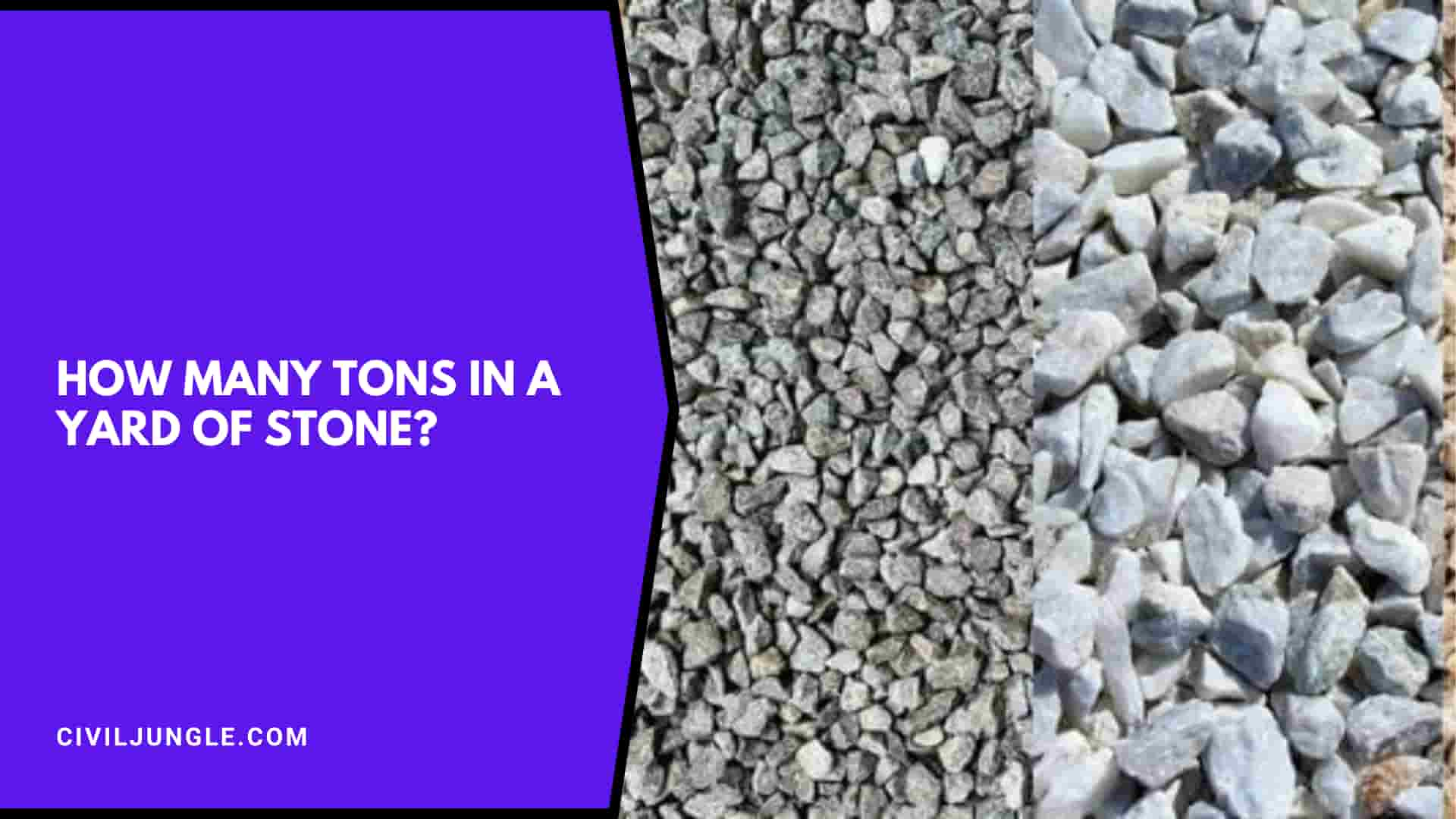

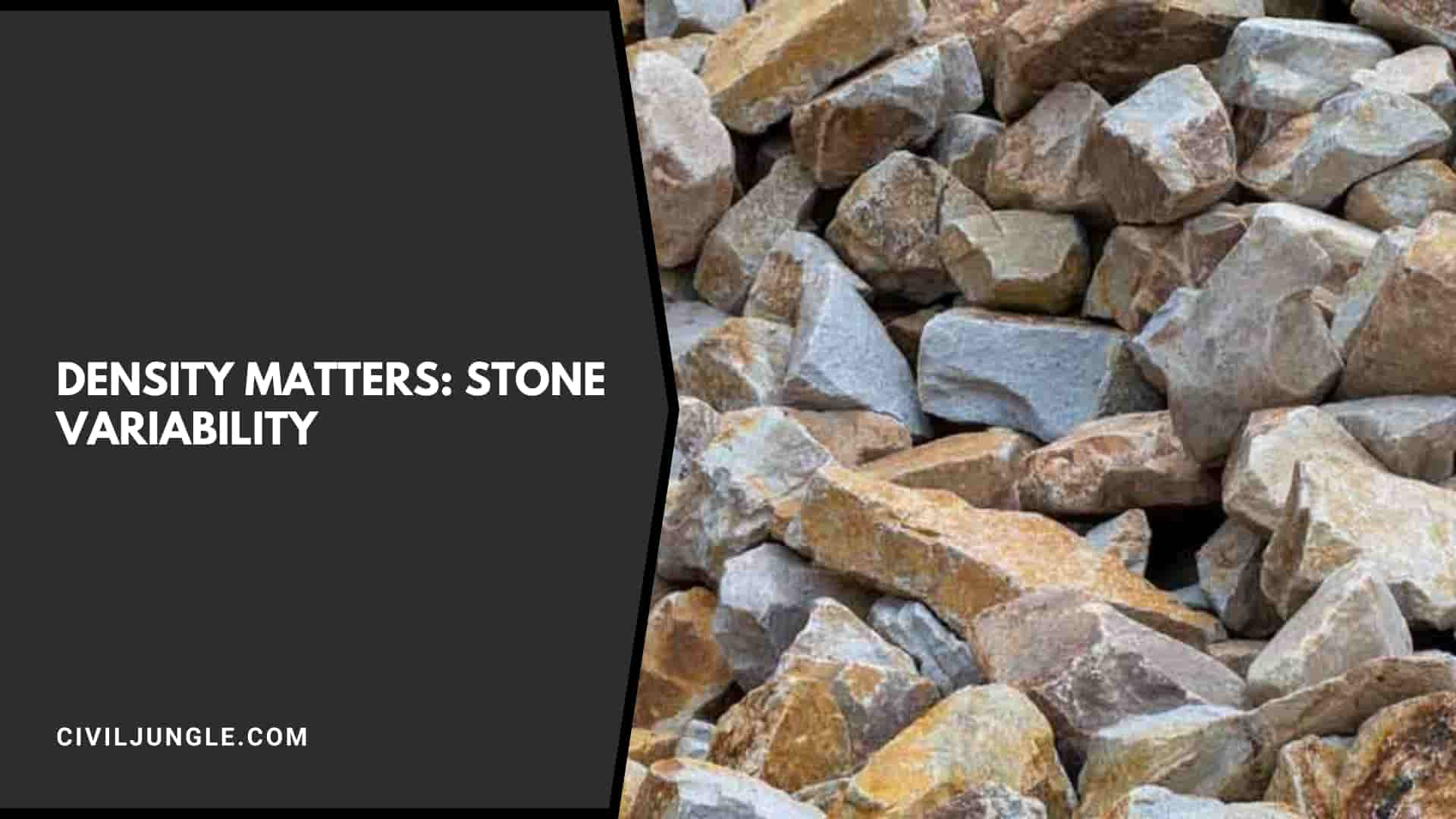
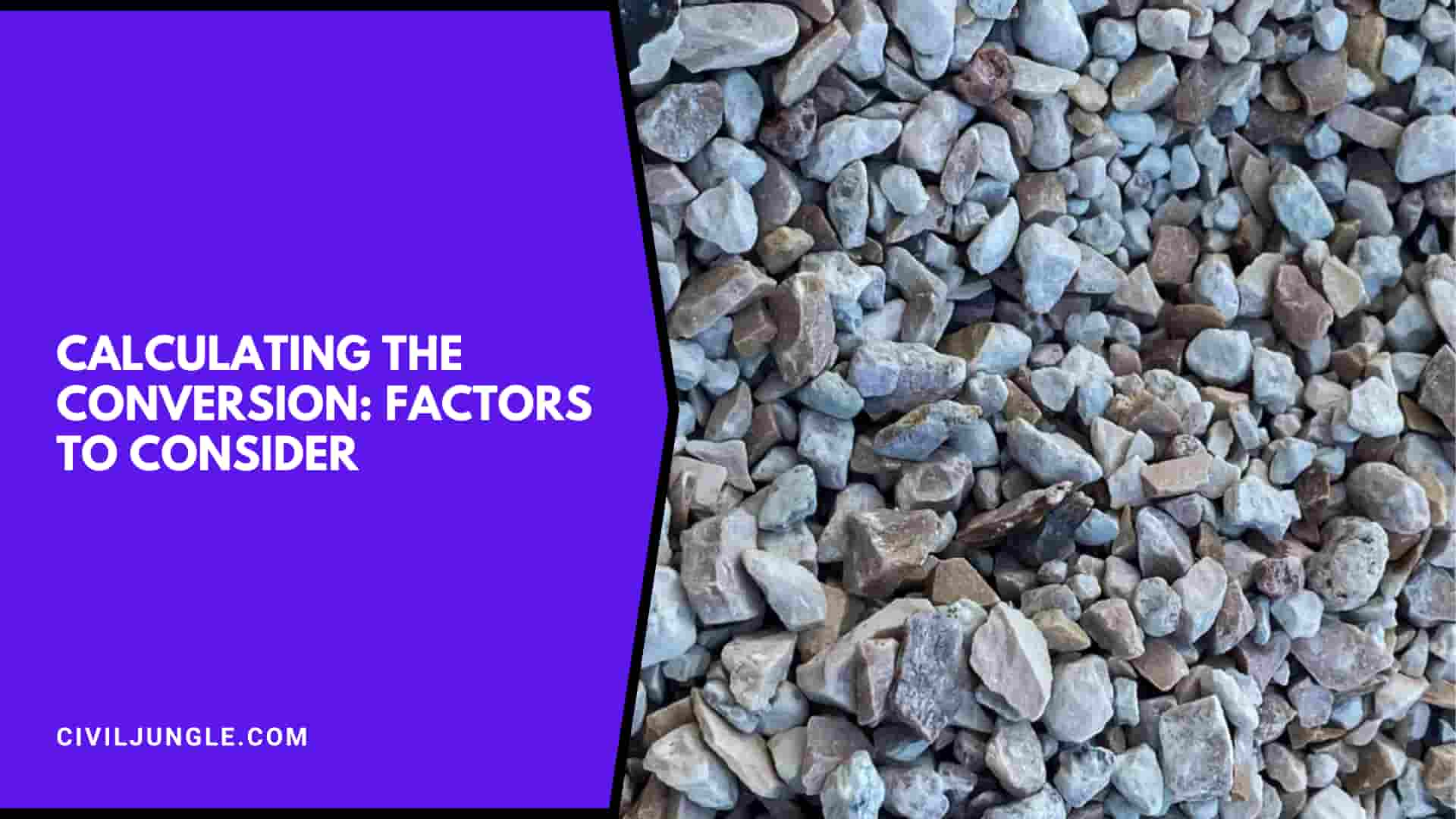
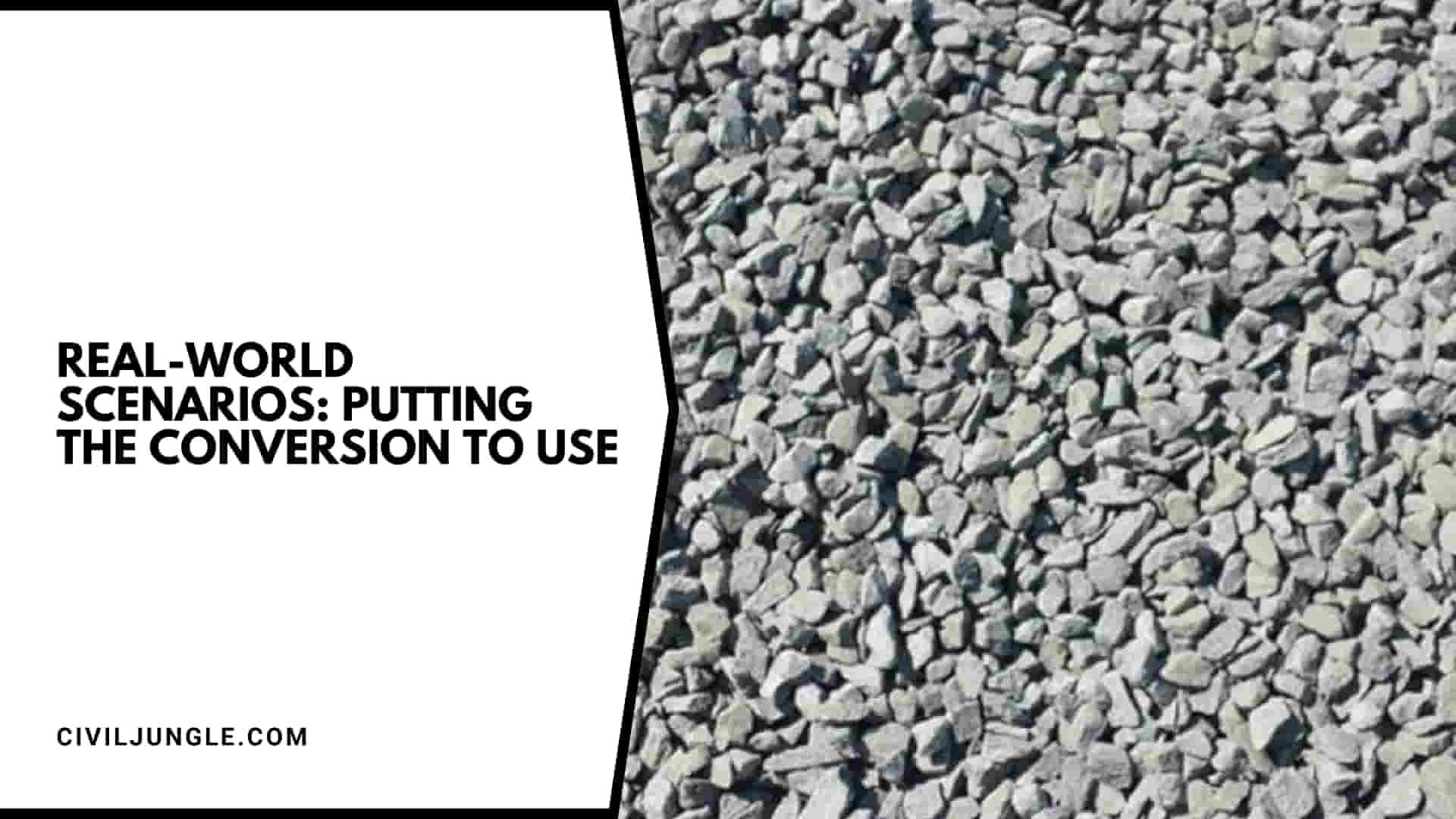
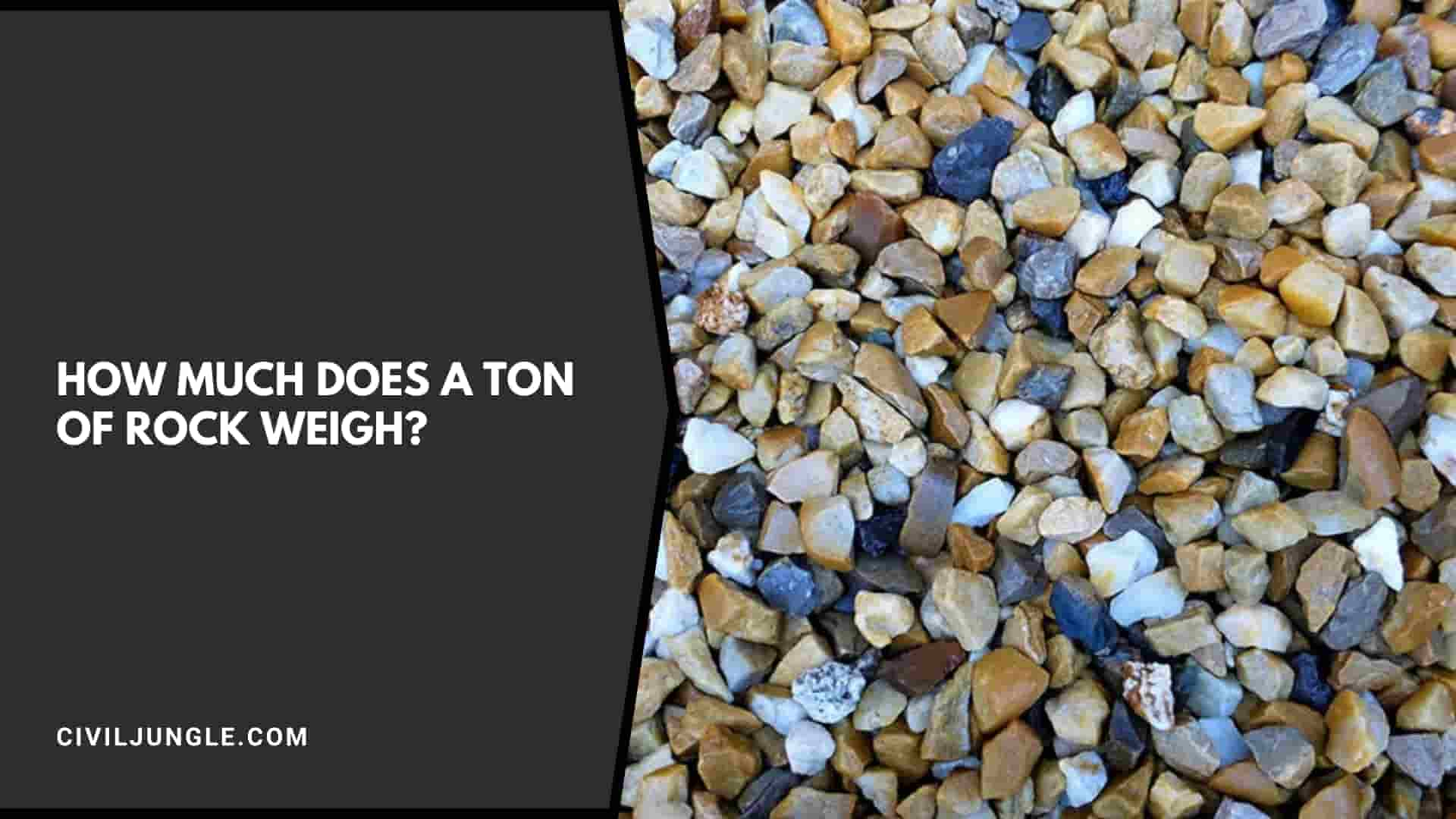
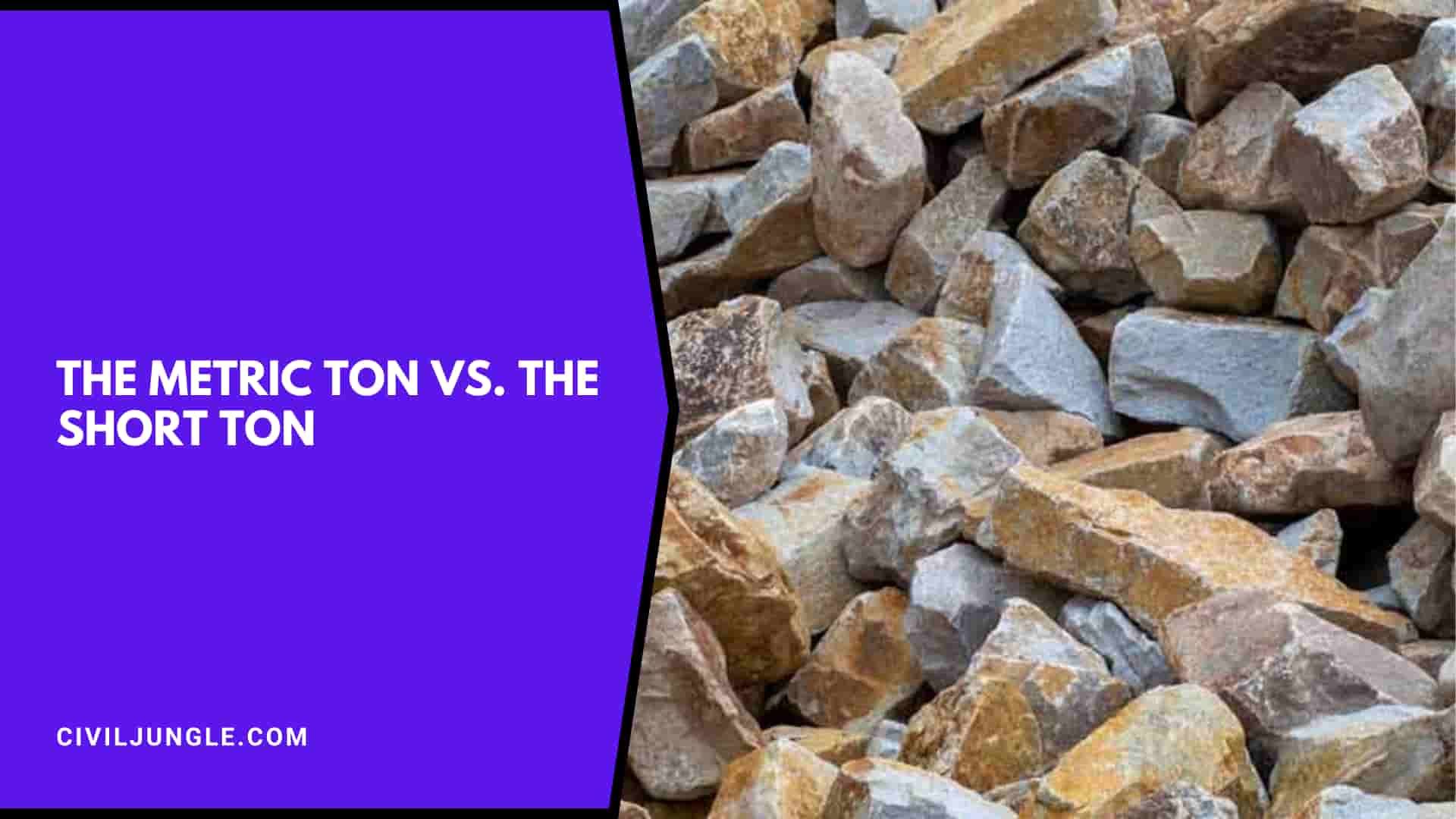
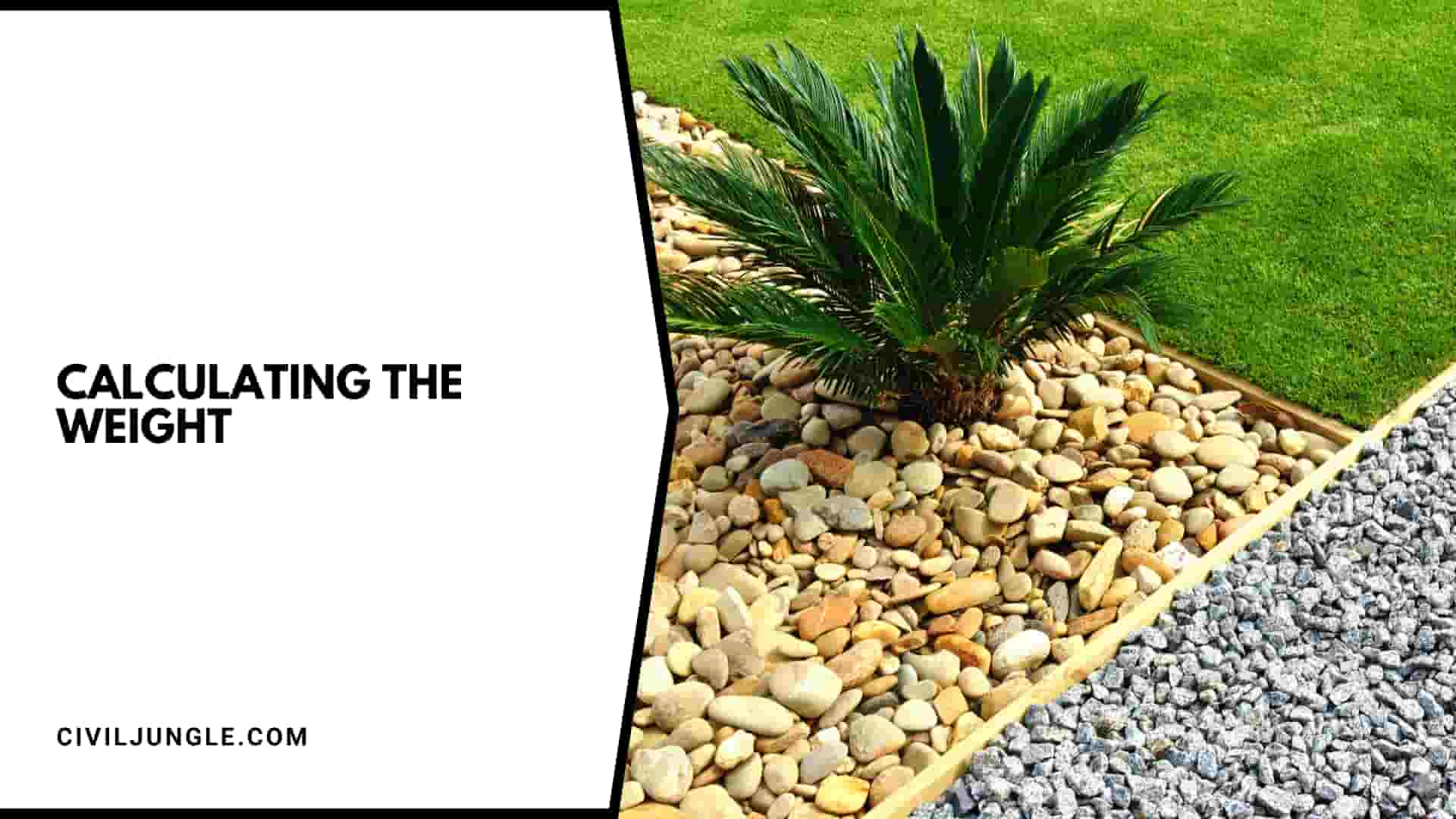
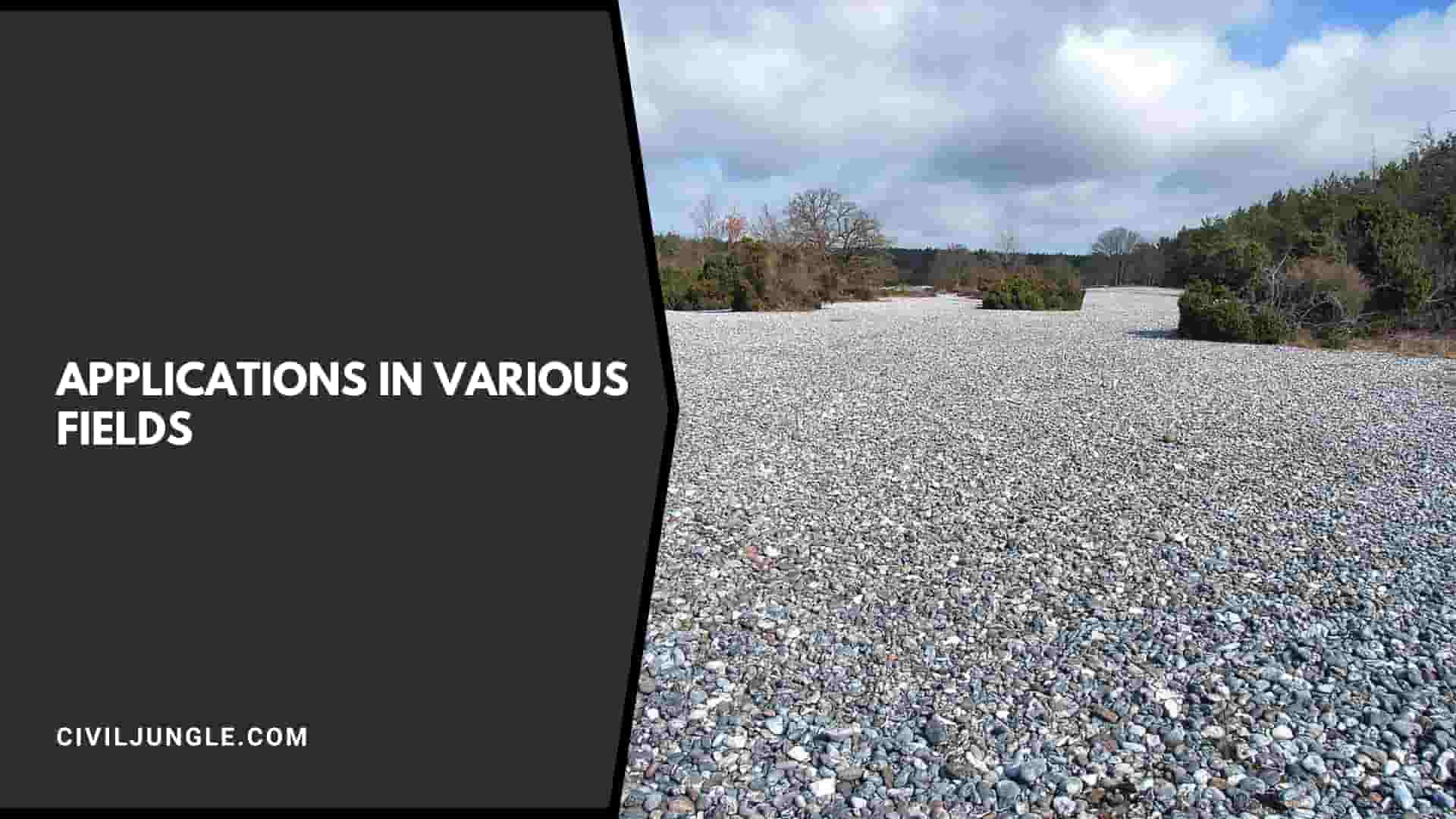
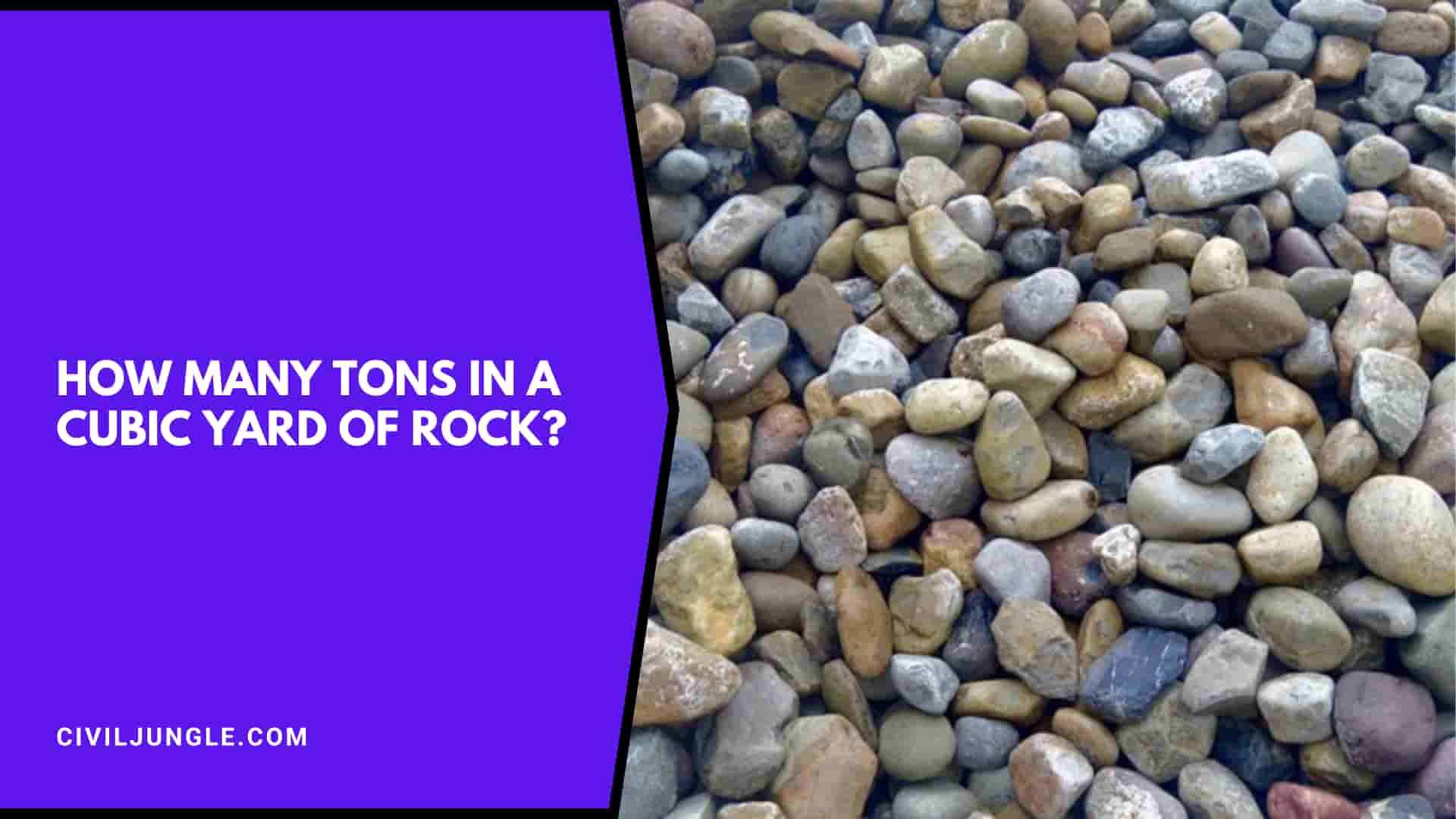
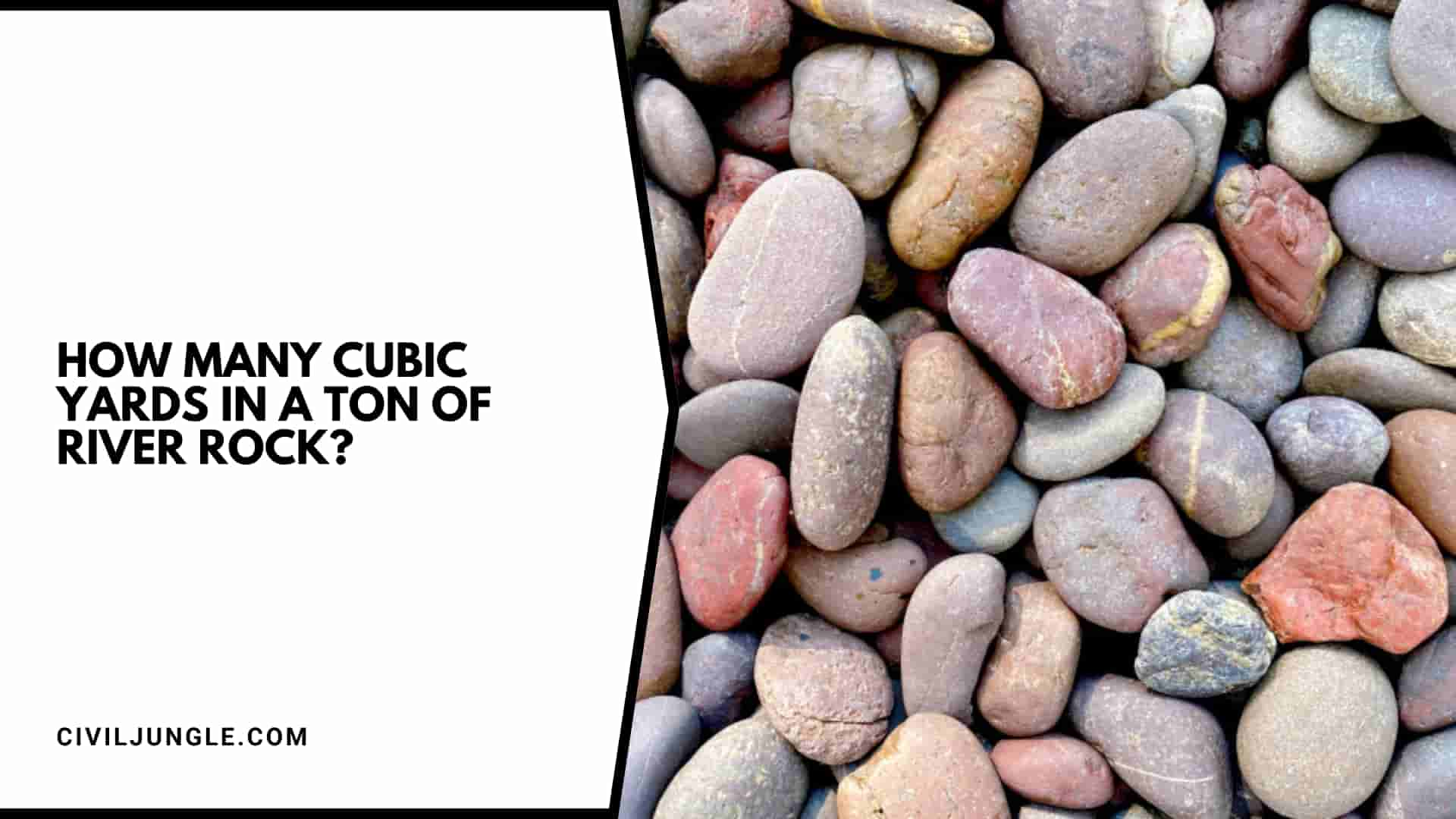
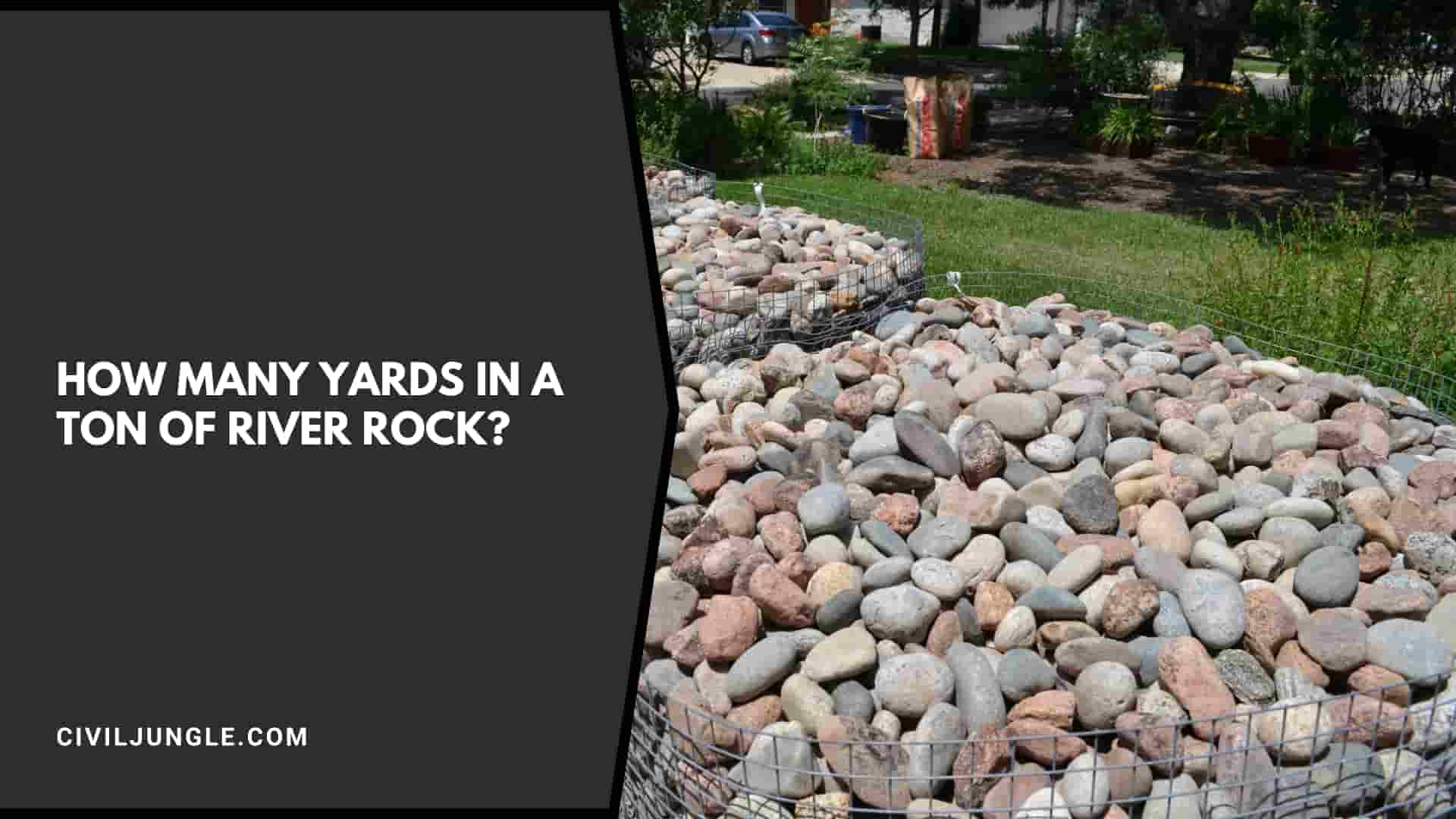
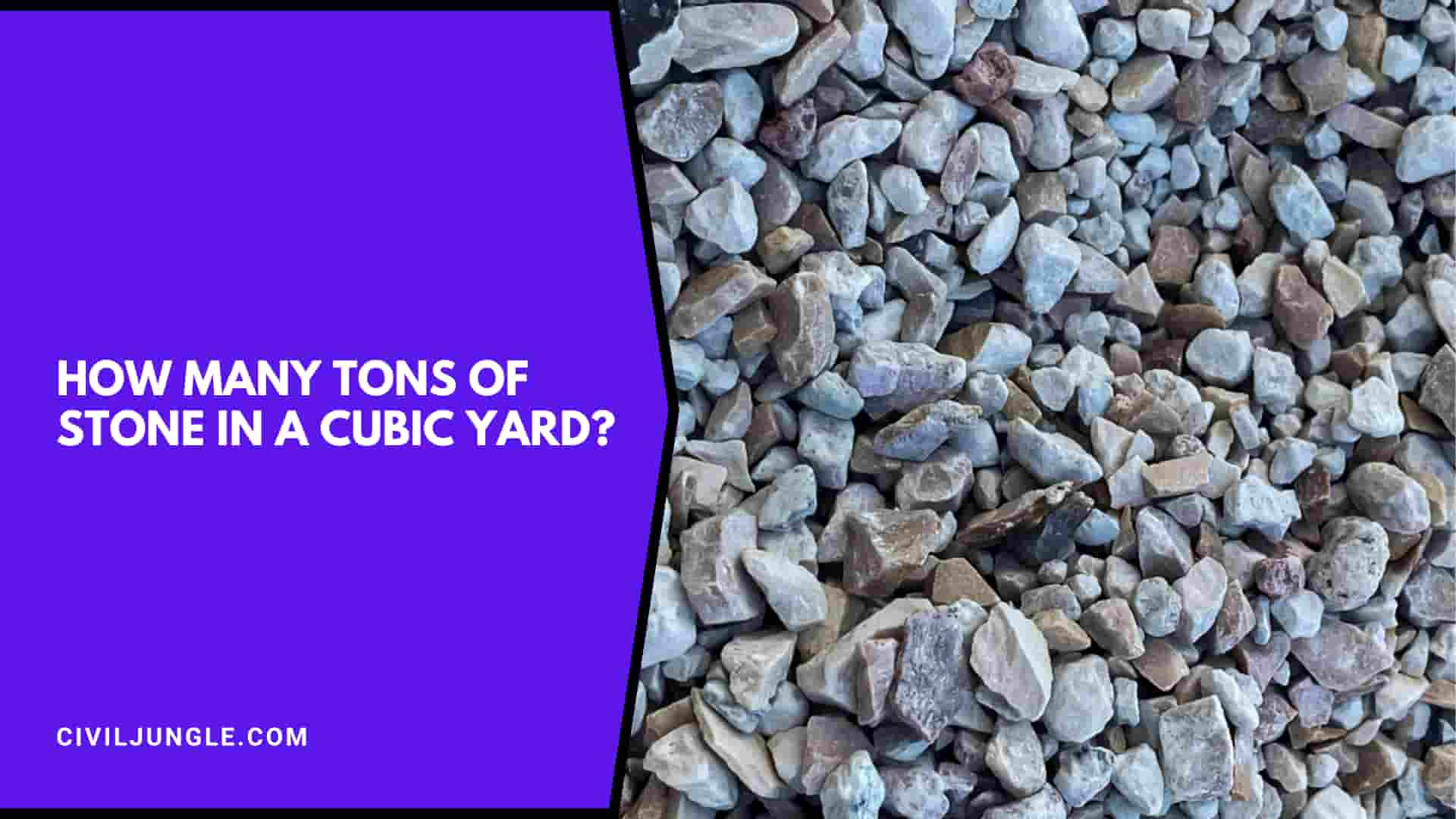
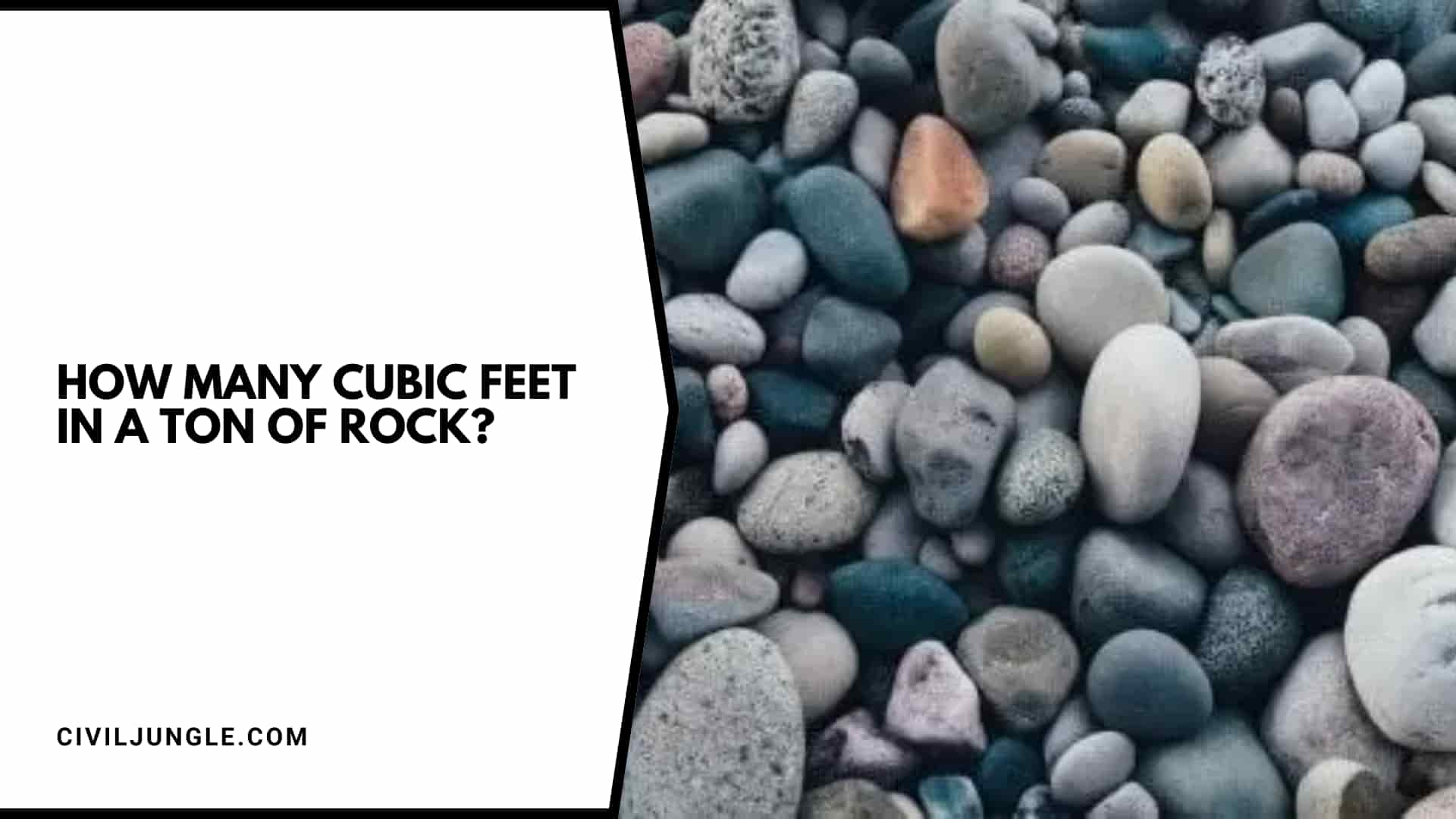
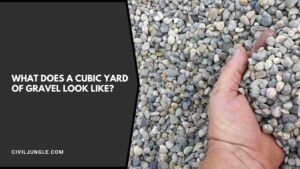
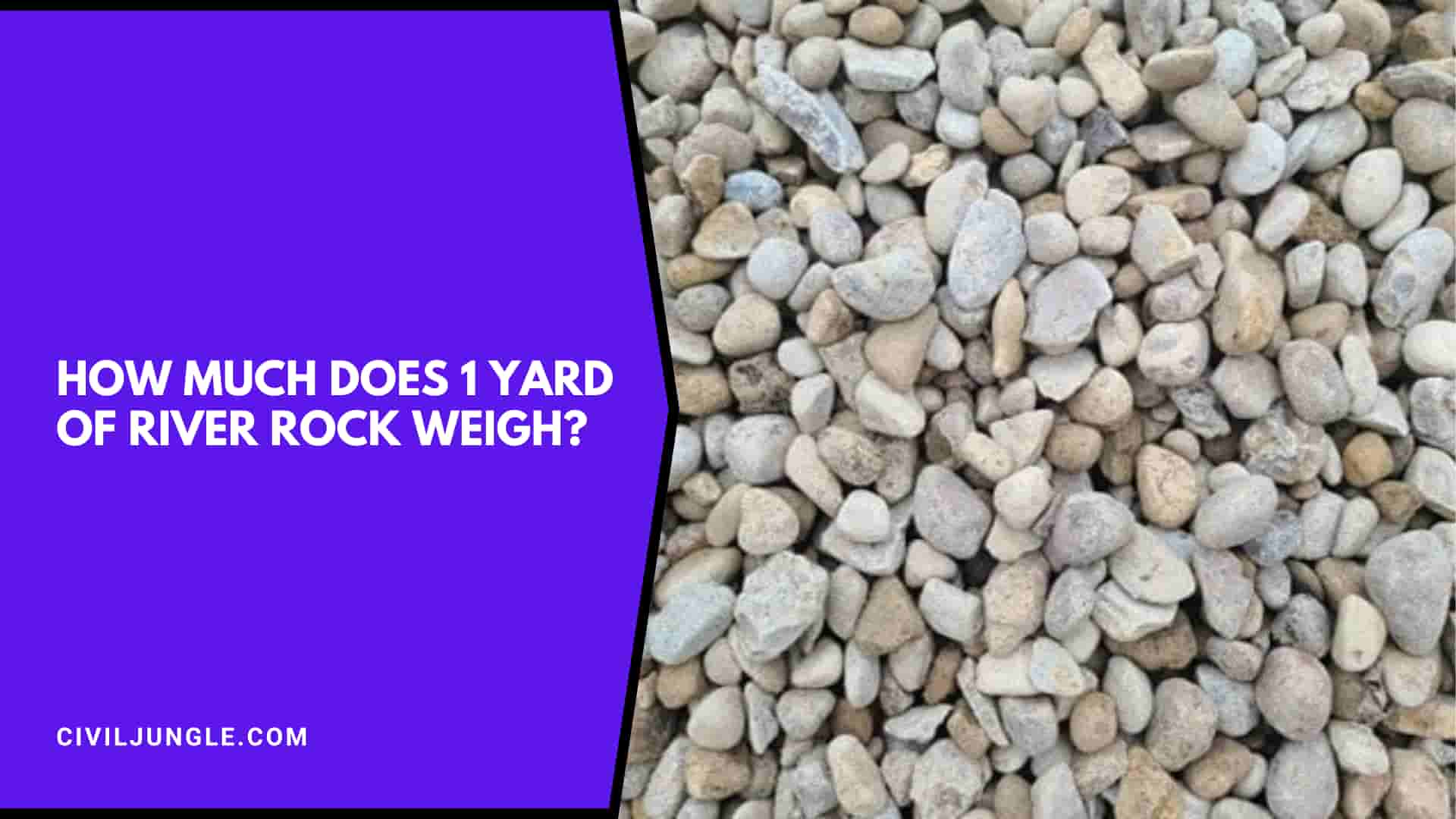

Leave a Reply